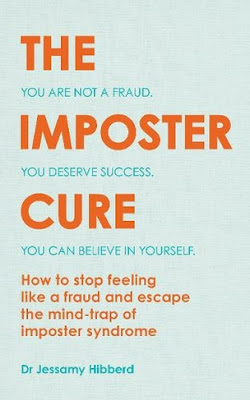Dark Book Review: Alien: Prototype
Review by Casey Douglass
I seem to devour books
set in the Alien universe faster than almost any other story. There’s
just something about the bleak evil corporation mentality, the vast
distances and the Xenomorph, a creature that still makes me shiver at
how cool it damn well is. Titan Books has a whole host of novels that
fill in gaps in the Alien chronology and they’re all well worth a
read if you’re an Alien fan. Tim Waggoner’s Alien: Prototype
is the latest release, and I recently treated myself to the Kindle
edition with some left over Xmas money.
Alien: Prototype
opens with some deep-space piracy. Tamar Prather is a spy who has
been tasked with hanging around unsavoury types, the kind that attack
and ransack other spacecraft. She is there because Venture, a
Weyland-Yutani competitor, is always on the look out for valuable
swag that can give it an edge against the other mega-corporations.
And wouldn’t you know it, Tamar steals a very precious cargo.
Ovoid. Glistening. You get the picture. This “prize” ends up at
The Lodge, Venture’s facility on a planet called Jericho 3. The
arrival of the egg precipitates events, much like one of those naughty
chaos butterflies, but whipping up its own kind of dark hurricane.
The egg falls into the
hands of Dr Gagnon, the stereotypical “mad scientist” type who
becomes fascinated with the organism it contains. He also has no real
morals holding him back from certain kinds of experiments, the kind
that don’t often end well. He ends up with a Xenomorph, but there
are complications. It’s not the same as the regular variety of Xeno, this one has picked up an extra ingredient in its mixture, one
that makes it even deadlier than the normal kind. I know it’s a bit
difficult to imagine how a creature like this could be any more
dangerous. Maybe the mental image of a great white shark with a
machine gun will serve here. Nope, this Xeno is far more dangerous
than that!
As with any decent
Alien tale, this Xeno is faced by people who are determined to stop
it running amok. Zula Hendricks is an ex-Colonial Marine who has
turned her hand to training a more civilian kind of security force,
and it is her group of wet-behind-the-ears recruits that have to
swallow their fear and face something truly dangerous, rather than
the various neutered experiences they have received in their training
to date. I won’t say much more as I really don’t want to spoil
the sense of discovery you’ll get if you decide to read the book.
Alien: Prototype
is a fun, relatively fast-paced book, with so many of the elements
that I enjoy in an Alien novel. There is greed, some synthetic
humans, and a bit of creature worship, along with a variety of
encounters and combat situations that keep the interest. There are
the typical scenes where the unaware get jumped by the Xeno, and
there are scenes where the “very much aware” clash with it in
desperate combat. There is some novel use of technology at times, and
the “extra danger” this Xenomorph embodies is a really nice touch
to add a splash of novelty to proceedings.
If you enjoyed any of
the other Titan Books novels, such as Out of the Shadows or The
Cold Forge, I think you’ll enjoy Alien: Prototype. If
you’ve yet to dip into this series of novels, but love the Alien
universe, I also think you’ll enjoy this book.
(Alien: Prototype
takes place between the Alien: Isolation book and the Aliens:
Resistance comic series.)
Book Title:
Alien: Prototype
Book Author: Tim
Waggoner
Publisher: Titan
Books
Published: October 2019
Published: October 2019
ISBN:
9781789090918
RRP: $8.99 (paperback)




